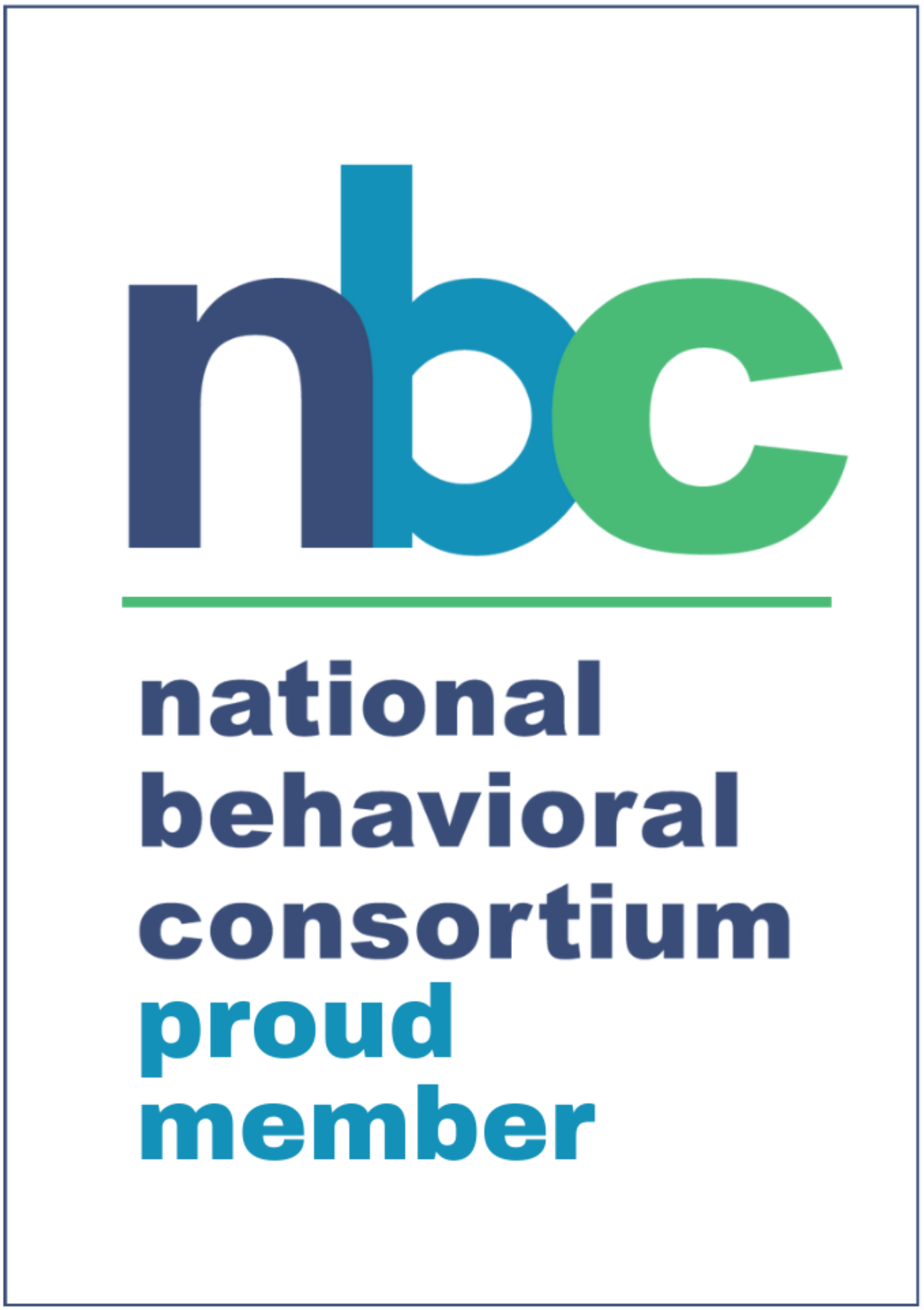In recent HR publications, there has been a new addiction highlighted. This addiction is becoming more and more common and is typically seen in a positive light but can certainly have detrimental effects. Workaholism affects an estimated 30% of the general population and is characterized by a dependence on work (Elowe, 2009). A recent Harvard Business Review study produced statistics about workaholism: nearly 35% of higher earners work more than 60 hours per week and 10% work an average of 80 hours per week. An extreme worker is one who works 60 hours per week with tight deadlines and may have lots of subordinates and responsibility for profit (Pfadenhauer, 2007).
Workaholism is similar to other addictions in many respects. Workaholics may sneak around work, they may lose interest in other activities, and they may constantly think about how much they prefer to be working. Workaholics even have the perfect vices to keep them in contact with work – smart phones and laptops. In addition, the workaholic is further bred by a culture that reinforces success, overachieving, and the importance of accomplishments. Most workers who fall into this “workaholic” or “extreme” worker category are given constant praise, opportunities, and higher wages (Osterweil & Hitti, 2011).
So, higher wages, being successful – wow! Sounds great! Now, what’s the flip side? Well, there are negative implications of workaholism as well. Certainly, there have been notable effects on ones’ health; the workaholic may experience higher rates of anger, depression, anxiety, and even psychosomatic issues. In addition to these unpleasant effects on ones’ health, the workaholic may strain or even ruin family relationships and friendships (Osterweil & Hitti, 2011).
Much like other addictions, workaholics are often in denial. Remember, this is the worker who refuses to take time off of work, thinks about how much they want to be at work while on their cruise, or puts off their son’s games to meet important deadlines. Big picture: they are so embedded in work that they can’t even imagine asking for help or setting better boundaries (Osterweil & Hitti, 2011).
There are some small steps that employers can take to encourage employees to enjoy a work-life balance. Only allow personal time off (vacation, sick, personal, etc) to accrue so high. Also, consider not allowing employees to “cash out” their accrued time so they “use it or lose it.” Don’t set precedence that hours worked correlates to more success in the company. Acknowledge that your healthier, happier employees will likely be more efficient.
Are you a workaholic? Take this quiz…
http://www.healthyplace.com/psychological-tests/stress-workaholic-test/
Daniél C. Kimlinger, MHA
Human Resources Specialist
References
Elowe, J. (2010). Workaholism: Between Illusion and Addiction [Abstract]. Clinique Psychiatrique, 4(36), 285-293.
Osterweil, N., & Hitti, M. (2011). Are You a Workaholic? You might as well face it — you’re addicted to work. Could your workaholism be hurting you? In Health and Balance. Retrieved April 19, 2011, from WebMD website: http://www.webmd.com/balance/guide/are-you-a-workaholic
Pfadenhauer, D. (2007, June 4). Workaholism, the New Addiction. In Strategic HR Lawyer. Retrieved April 19, 2011, from EP Advisors website: http://www.strategichrlawyer.com/weblog/2007/06/workaholism_the.html







Leave A Comment